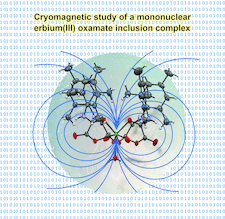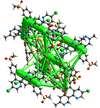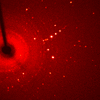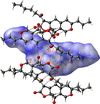issue contents
August 2024 issue

Cover illustration: The synthesis, crystal structure and magnetic properties are reported for an erbium(III) oxamate complex which can be considered a novel spin qubit candidate. See Araujo Junior, Oliveira, Pinheiro, Pedroso, Nunes, Almeida, Knobel, Julve & Pereira [Acta Cryst. (2024), C80, 349–356]. (Part of the collection Crystallography in Latin America: a vibrant community)
best practice series

crystallography in latin america


 access
access



research papers




 access
access

 access
access



 access
access

 access
access










 journal menu
journal menu
































